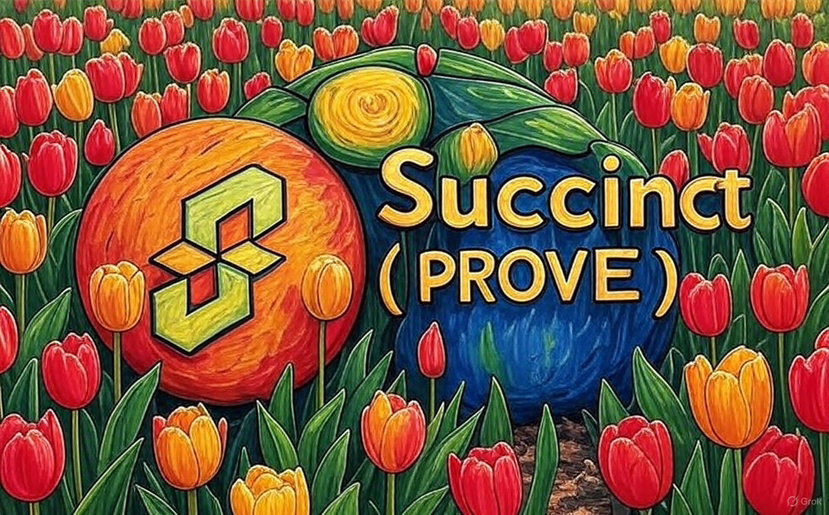When I look at the @Succinct , I do not see it as 'just another ZK project' trying to ride the wave of zero-knowledge proofs. What it is building is much bigger: a universal verification layer that connects different blockchains, applications, and cryptographic proofs into one ecosystem. It is, indeed, a foundation for the era of modular blockchains.
The Challenge of Fragmentation
Today, the blockchain landscape is an archipelago. Each rollup, each L2, and each protocol operates with its own verification logic, its own bridges, and piecemeal solutions. For developers, this means dealing with a complex mosaic when they try to:
• Validate states or events across multiple chains.
• Run on-chain checks that are costly and slow.
• Integrate more advanced cryptographic proofs, such as zkML or multi-chain oracles.
The result? Development gets stuck due to costs, risks, and slowness. Modularity, which should bring efficiency, ends up creating isolated 'islands'.
The Succinct Proposal: zkVM + Universal SDK
This is where the #SuccinctLabs changes the game. Its universal zkVM, combined with a simple SDK for developers, offers:
• An interface for all chains: with just a few lines of code, any application can interact cross-chain.
• Single verification layer: eliminating the need for fragile bridges or proprietary oracles.
• Accessible integration: without requiring deep knowledge in cryptography — just plug in the SDK.
In practice, the @Succinct transforms interoperability into something natural. What previously required months of engineering can now be done in days.
The zk Coprocessor: New Horizons
The zk coprocessor of #SuccinctLabs further expands the possibilities. Now, developers can create:
• Next generation of cross-chain DeFi, such as loans and composable derivatives.
• zk oracles, delivering verifiable data without intermediaries.
• zkML applications, allowing AI models to run in an auditable way on-chain.
What was once merely academic theory is becoming reality at scale.
Decentralization: The Pillar of Trust
The major vulnerability of cross-chain infrastructure has always been centralization. Bridges and single validators have become targets for billion-dollar exploits. The @Succinct addresses this with:
• Permissionless verifier network, open to any participant.
• Incentives with $PROVE, ensuring that verifications are done honestly.
• Radical transparency, replacing blind trust with verifiability.
This is not just technical security, but an economic model that reinforces the resilience of the system.
$PROVE : The Economic Engine
The token $PROVE is at the heart of this ecosystem. It rewards verifiers, aligns incentives, and ensures that the network grows sustainably. Unlike merely speculative tokens, here the utility is clear: the greater the demand for cross-chain verifications, the greater the economic value of the system — and of $PROVE itself.

Driving on L2s and Beyond
It's not just promising research: there is already practical integration. Rollups and L2 protocols are adopting the Succinct SDK, while strategic partnerships are expanding its reach. This shows execution, not just theory.
Conclusion: Succinct as Web3 Infrastructure
Each leap in the history of blockchain has come from a structural innovation: smart contracts on Ethereum, rollups in L2, restaking in shared security. I believe Succinct represents the next leap — a universal proof layer.
For developers, this means building faster and with fewer barriers. For protocols, interoperability without the risks of fragile bridges. For investors, access to infrastructure that can sustain the next decade of Web3 growth.
In the end, $PROVE is not just a token — it is the economic foundation of a future where blockchains do not live in isolation, but communicate securely, decentralized, and universally.


